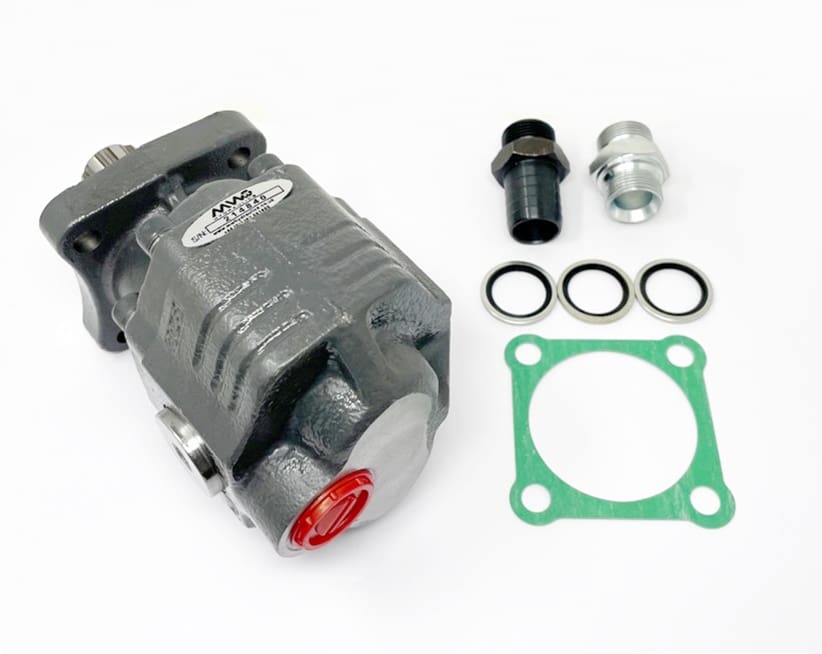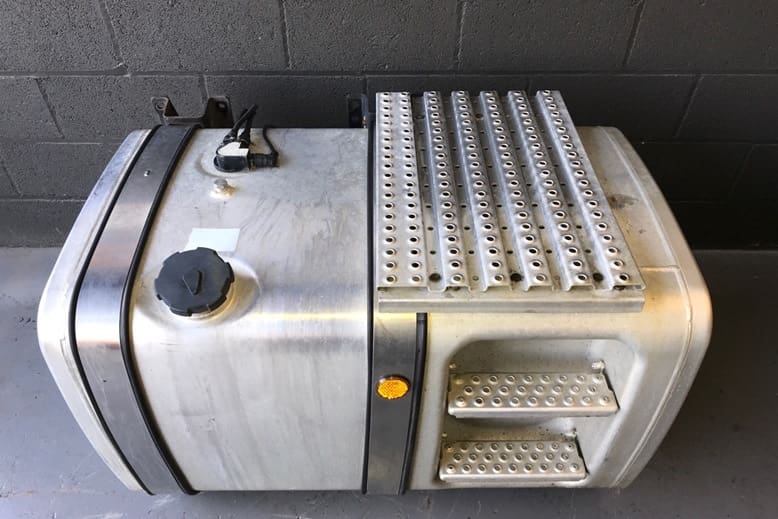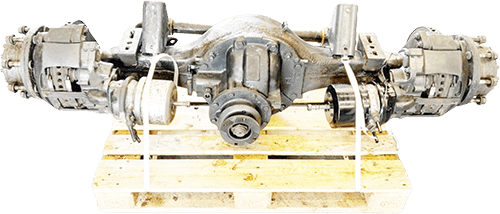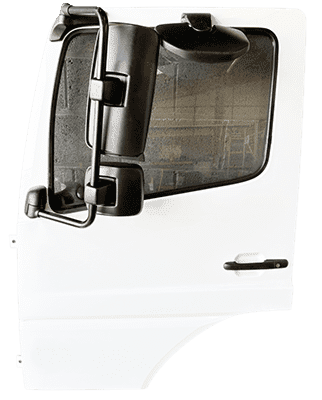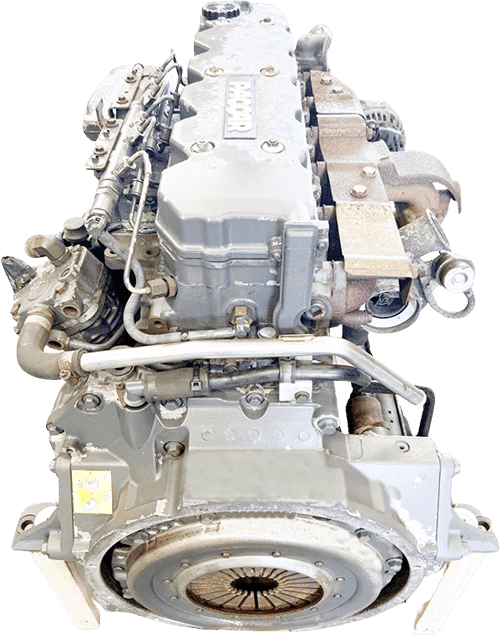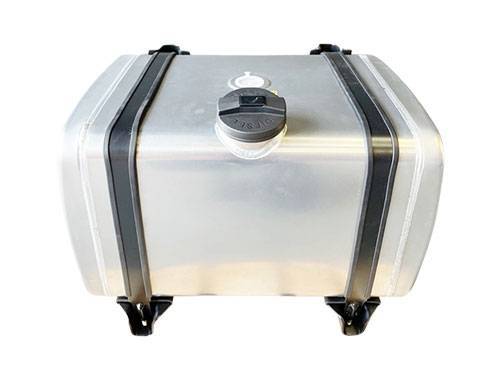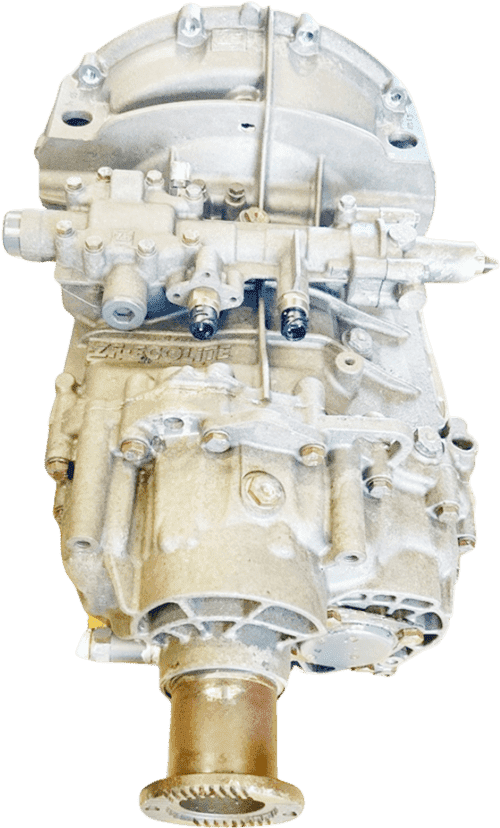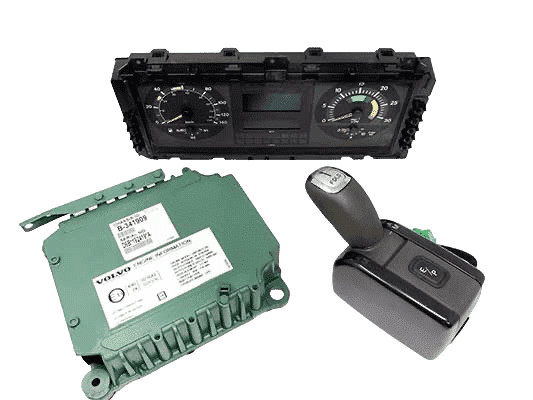Gear pumps dominate truck hydraulics where simplicity meets reliability. These positive displacement pumps excel in moderate-pressure applications up to 250 bar, making them the workhorses of commercial vehicle systems.
Fixed displacement design means gear pumps deliver consistent flow proportional to engine speed. No complex variable mechanisms, just predictable performance that operators trust.
Let’s explore the applications in which gear pumps shine in truck hydraulics.
Tipper body systems
Standard tipping gear thrives with gear pump simplicity. A 51L unit raises loaded bodies smoothly whilst maintaining pressure stability throughout the lift cycle.
Single-acting cylinders pair perfectly with gear pump characteristics. Constant flow ensures predictable tipping speeds regardless of load distribution, crucial for operator safety.
Related: Which applications suit tandem pumps?
Tail lift operations
Tail lifts demand reliability above sophistication. Gear pumps deliver this through minimal moving parts and tolerance to contamination that would cripple piston alternatives.
27L displacement suits most tail lift requirements, providing adequate flow without excessive power draw. Bi-directional capability allows simple valve arrangements for up/down control.
Crane stabiliser circuits
Stabiliser legs need steady, controlled movement rather than high speed. Gear pumps excel here, providing smooth extension without the complexity of variable displacement systems.
34L units balance flow requirements with engine load, ensuring stabilisers deploy predictably. Simple pressure relief valves protect against overload without expensive proportional controls.
Related: A breakdown of piston pump specifications
Pressure limitations
Gear pumps struggle above 220 bar continuous operation. Internal leakage increases dramatically at higher pressures, dropping volumetric efficiency below acceptable levels.
Walking floor trailers needing 280+ bar operating pressures exceed gear pump capabilities. These applications demand piston pump technology despite higher initial costs.
Temperature considerations
Gear pumps tolerate wide temperature ranges better than complex alternatives. Cold morning starts don’t require special warm-up procedures. Engage the PTO, and work begins.
High-temperature operation remains stable until oil viscosity drops critically. Standard hydraulic oils maintain gear pump efficiency up to 80°C continuous operation.
Flow characteristics
Fixed displacement means flow varies directly with input speed. Operators learn to modulate engine RPM for precise control rather than relying on pump adjustments.
This simplicity aids troubleshooting. Low flow indicates engine speed issues, worn gears, or excessive internal leakage. Diagnosis requires basic pressure gauges, not sophisticated electronics.
Mounting flexibility
ISO and UNI mounting patterns suit most PTO configurations without custom brackets. Direct drive eliminates coupling failures common in offset installations.
3-bolt UNI flanges fit older vehicles, whilst 4-bolt ISO covers modern applications. Standardised mounting reduces inventory requirements for fleet operators.
Making the selection
Choose gear pumps for applications below 220 bar requiring reliable, predictable flow. Tipping gear, tail lifts, and auxiliary circuits suit gear pump characteristics perfectly.
Avoid gear pumps where variable flow, high pressure, or precise control take priority. The simplicity that makes them reliable also limits their application envelope. Additional reading: How to specify the correct twin-flow axis pump







